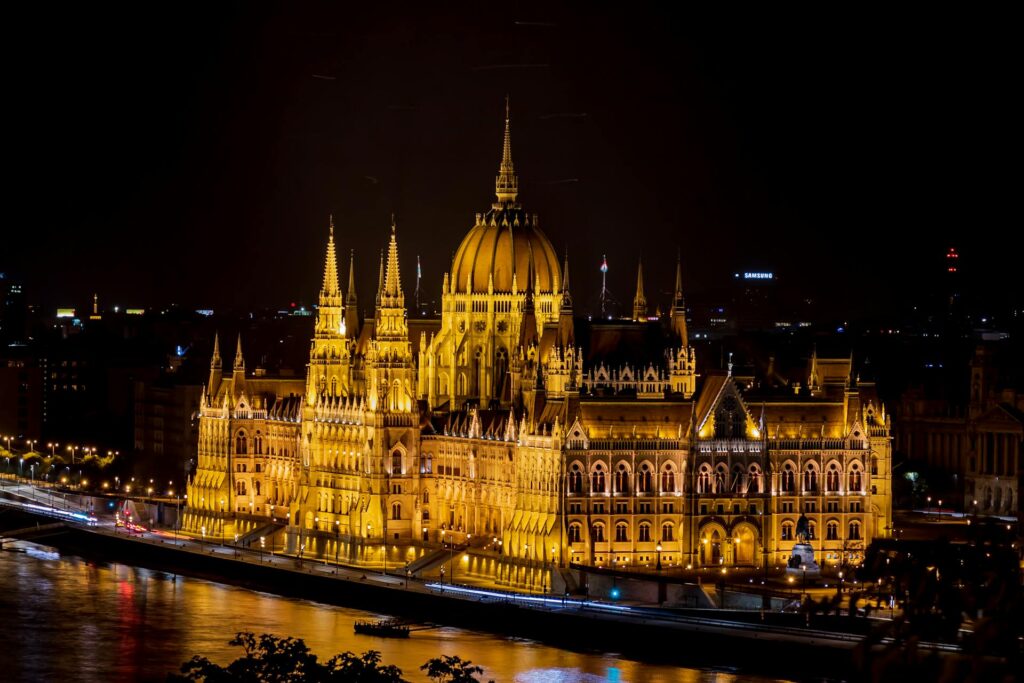 Origins and Techniques
Origins and Techniques
Manuscript illumination, the art of decorating handwritten texts with intricate designs and illustrations, flourished in medieval Europe. This art form originated in monastic scriptoria, where monks meticulously copied and embellished religious texts. Techniques involved the use of gold leaf, vivid pigments, and intricate patterns to create elaborate initials, borders, and miniatures that brought the text to life.
Styles and Themes
Illuminated manuscripts featured a variety of styles and themes, reflecting regional and cultural influences. The Romanesque style, with its bold lines and stylized figures, gave way to the Gothic style, characterized by more naturalistic and detailed imagery. Common themes included religious narratives, scenes from the Bible, and depictions of saints, as well as allegorical and moralistic subjects.
Influence on Art and Culture
Manuscript illumination had a significant impact on medieval art and culture. These beautifully decorated texts were not only religious artifacts but also status symbols, commissioned by wealthy patrons and displayed in monasteries and churches. The art of illumination influenced other forms of medieval art, including stained glass, tapestry, and painting, contributing to the visual richness of the medieval period.
Conclusion
The development of manuscript illumination in medieval Europe represents a pinnacle of artistic achievement. Its intricate designs and vibrant imagery continue to captivate and inspire, reflecting the deep connection between art, literature, and devotion in medieval society.